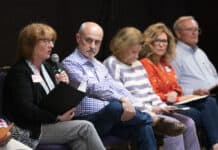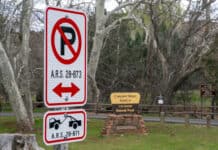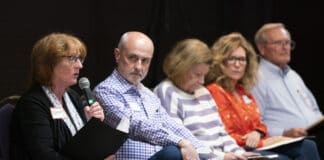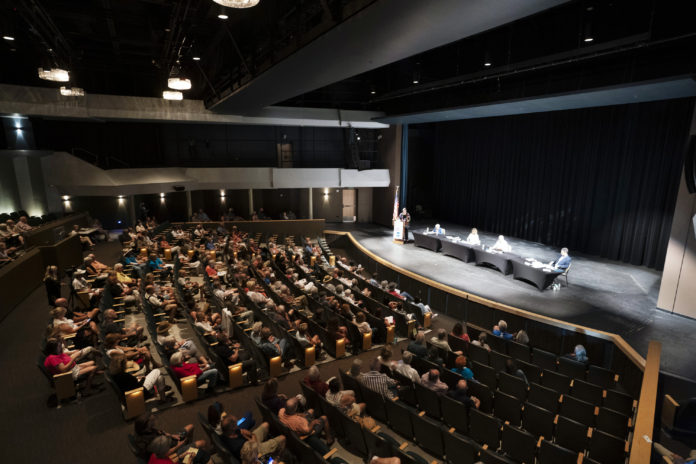
Wednesday, July 6, was the last scheduled debate potential for Sedona City Council and mayoral candidates co-hosted by the Sedona Chamber of Commerce and the League of Women Voters Northern Arizona Chapter, held at the Sedona Performing Arts Center.
It is refreshing to see a wide slate of candidates running this year for both council and mayor: Six candidates running for three seats on council and four candidates running for the single mayoral seat.
Here’s a refreshing change from 2020 when the options for mayor were the incumbent or single challenger, and the options for three council seats were just three candidates — joined at the last minute by an official write-in candidate who received fewer than 200 total votes.
Because the 2020 election was effectively uncontested, Sedona voters were not offered our best and brightest, rather, we sadly got the only candidates who were willing to fill out paperwork and collect signatures during a once-in-a-lifetime pandemic. One could easily claim that many of the troubles we faced in the last two years are directly due to a lackluster slate of leaders we got without any real choice and who thereby lacked any political mandate since then.
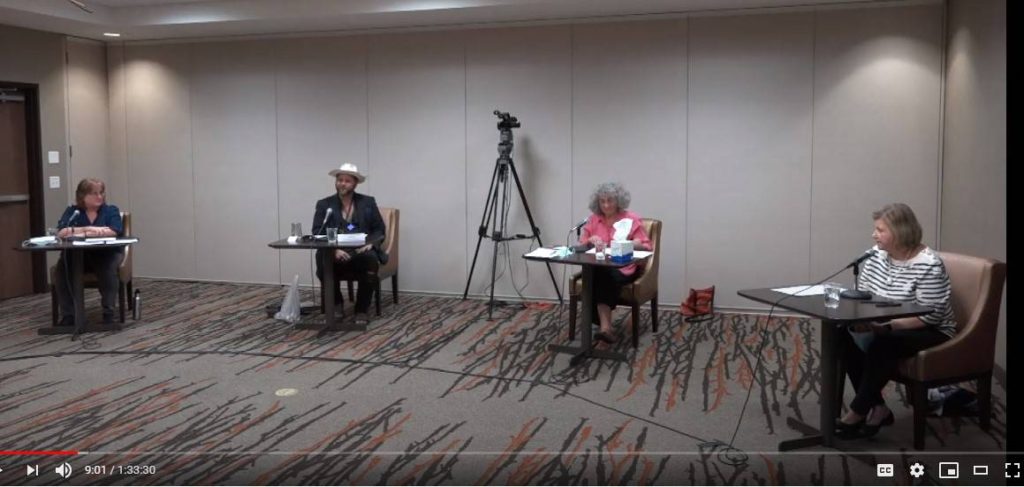
Screenshot courtesy of the League of Women Voters Greater Verde Valley.
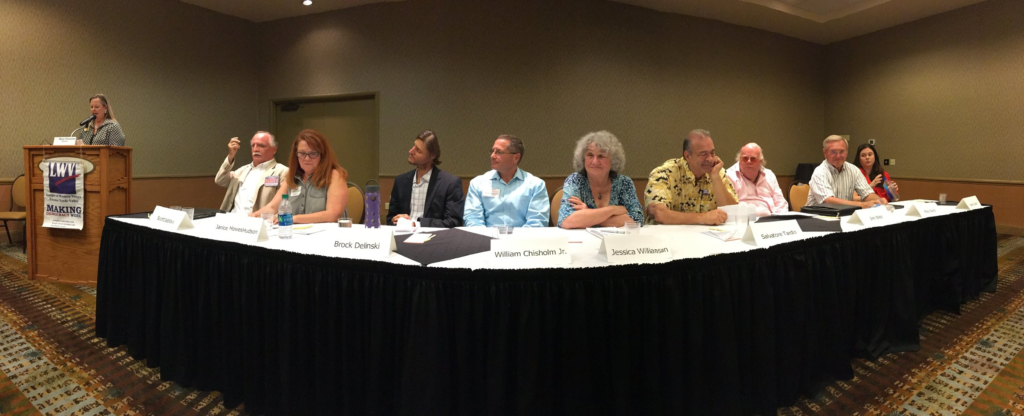
Photo courtesy of the Sedona Chamber of Commerce.
Community grumbling about the city’s COVID-19 response, the post-pandemic traffic explosion and council’s tone-deafness regarding residents’ issues suggest we were ill-served by the wake of electoral choice. If any of these uncontested candidates opt to run for reelection in 2024 and face an actual race, we’ll see if voters make the same choice they didn’t have in 2020.
Compare that to this year, wherein we have many options from which to choose. This year, with a robust slate, we should hope for better candidates once they get elected. I along with the 300 or so other residents who attended the mayoral forum on Wednesday also appeared hopeful that of the four candidates of mayor, the one who wins will successfully guide Sedona for the next two years.
Keep in mind that in the Council-Manager form of municipal government that Sedona and most Arizona towns and cities are structured under, the mayoral seat is not like that of a chief executive, but rather more like that of a parliament — or speaker of the house if one is not familiar with British governance style. Council and the mayor are a legislative body that directs a city manager, who runs the city and staff on a day-to-day basis This is different from a Mayor-Council form of government, wherein the mayor is a like a city’s president who runs the city day-to-day and consults with a council.
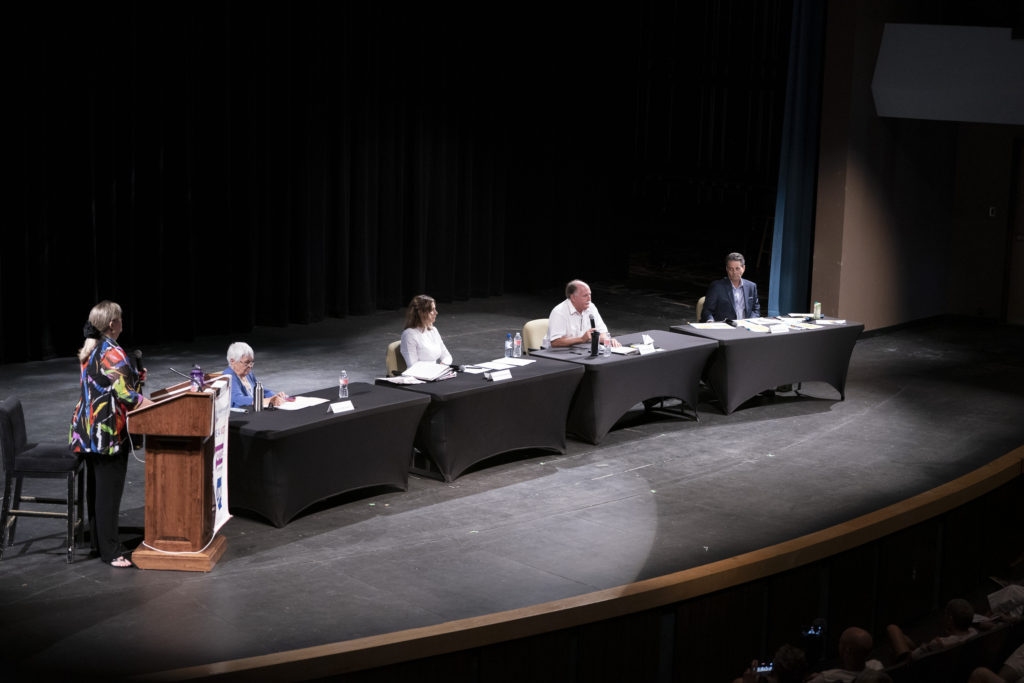
Thus, Sedona’s mayor is a voice in a choir, one voice in seven who, while arranging the agenda of meetings and running them, has a seat’s voting power equal to the other six members.
The mayor sets the tone, but all seven members of council make the decisions as a body. Part of what voters should consider is how a potential mayor will either persuade council to reach consensus or offer a contrasting view because the rest of council is typically elected by the partisan majority of the city’s electorate.
Voters on the early voting list should receive their ballots in the mail this week, if not already, while the rest should receive them some time next week, depending on the U.S. Postal Service. If you don’t get yours by the end of next week, but should, contact the Yavapai or Coconino counties’ elections departments. If you’re mail-in ballot does not arrive or you choose to wait till election day, you can vote in person Tuesday Aug. 2. I may see you there.
If no mayoral candidate earns more than 50% of the vote — which may be tough with four candidates, the top two vote-getters will head to a runoff to be decided on Tuesday, Nov. 8.
For council, the math is a little more squirrelly. Any candidate who receives more than 50% is automatically assured a seat on council.
Voters can choose up to three candidates in the council race, so if 3,000 voters cast ballots, there are potentially 9,000 maximum votes. But if 400 people only vote for two candidates, there would be only 8,600 total votes. According to the state’s formula, those 8,600 votes would be divided by the number of seats — three this year — for 2,866⅔, which is then cut in half to find the 50% threshold: 1,433⅓. Rounded up to the nearest whole number, 1,434 votes would be needed to win the primary outright. Add to that the fact Sedona is split between two counties, meaning each one tabulates its own numbers for Sedona voters, means that counting votes on election day is always a mathematical challenge, but one we happily do every election day for you, our readers.
Please read Juliana Walter’s stories about the forums, visit our website and read her candidates interviews as well as the candidate’s essays, and then vote responsibly, early or on election day, Aug. 2.
Christopher Fox Graham
Managing Editor


